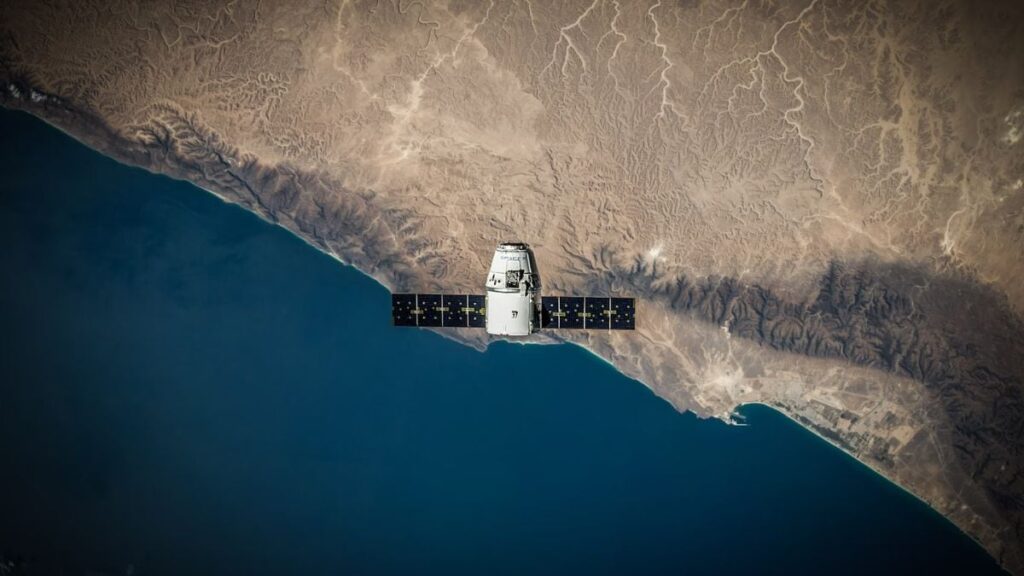By the end of the decade, NASA is preparing for a new mission, called the Landolt Space Mission, which will deploy a satellite that will function like an artificial star. The mission’s main goal is to improve the precision of ground-based telescopes, increasing our knowledge of the universe. The satellite will be launched in early 2029 and will be about the size of a loaf of bread.
The lab will house eight lasers that will provide everything from starlight to supernova light. This satellite will function as a new calibration technique for astronomers to fine-tune their telescopes and other observatory instruments. This will allow them to make more accurate measurements of real celestial bodies.
The artificial star satellite will be placed 35,785 kilometers above the Earth. This distance will allow it to sit in a geosynchronous orbit, which will be stationary as seen from Earth. According to a George Mason University news release, the mission’s principal investigator, Peter Plavchan, said the purpose of the distance is to make the satellite look like a real star. Furthermore, geosynchronous positioning will remain set over the US for the first year, allowing better observations by NASA and other independent observatories in the country.
The artificial star will be invisible to the naked eye, but will be easily detected by typical telescopes that use digital cameras to capture images. If adopted, such a setup could help astronomers detect changes in star brightness and related attributes with increased precision. Named after Arlo Landolt, a key player in creating the star’s brightness catalog, NASA approved the mission in February and announced it to the public on June 10. The company says the mission would require 30 people and cost approximately $19,500,000 (roughly 162.8 million rupees).
The Landolt space mission is a breakthrough in space exploration. As a more permanent and familiar ‘landmark’ in the sky, it will allow scientists to better calibrate their methods and provide more accurate data with each observation — effectively unraveling more mysteries of the cosmos.


